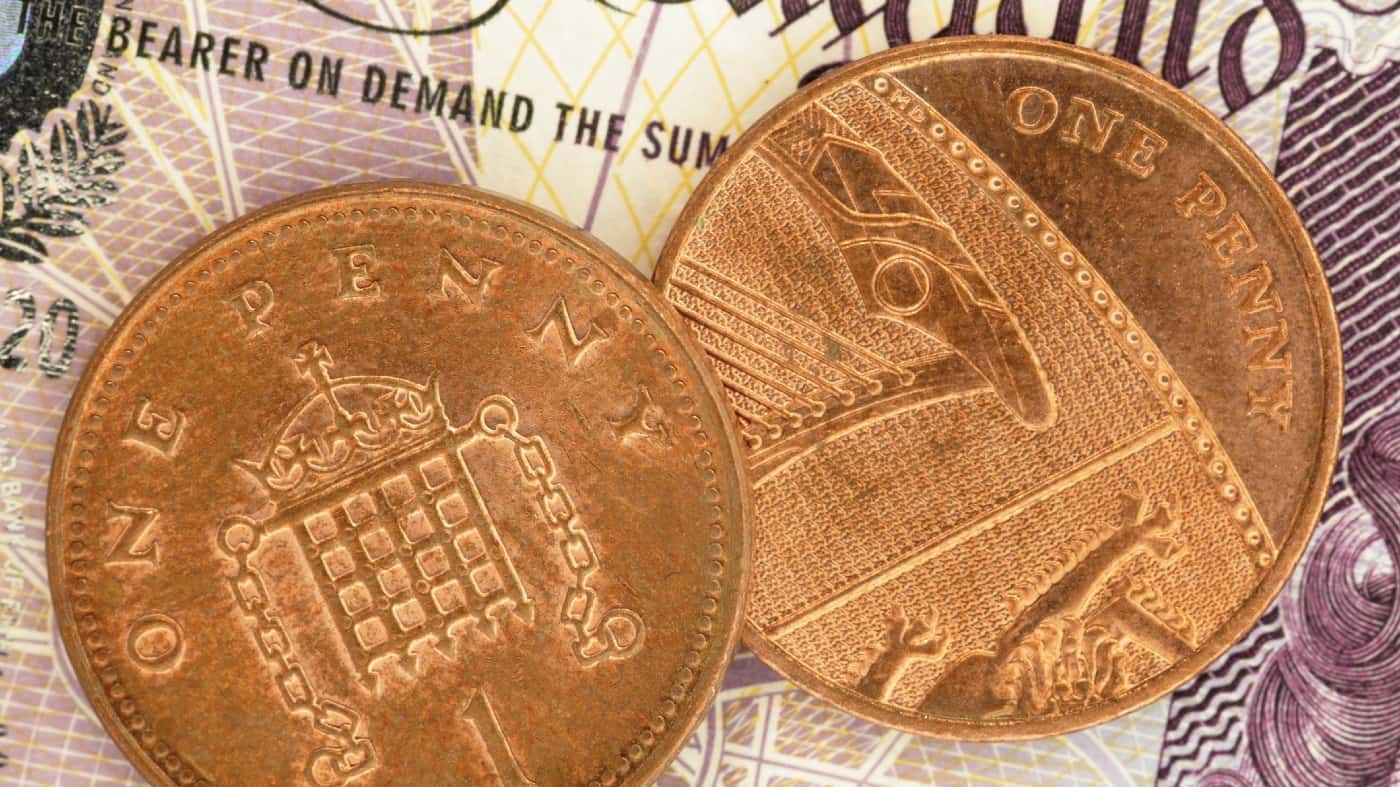Just a few short years ago, it would have seemed unthinkable for Rolls-Royce (LSE: RR) shares to drop to penny status. But is it the best of the penny share bunch to buy right now?
Before I try to address that, I first want to answer two common questions. What is a penny share? And why are investors often so wary of them?
In its literal sense, a penny share is one that trades in pennies — that is, for less than £1. On that score, Rolls-Royce shares fit the bill comfortably, At the time of writing, the shares are selling at under 90p.
Penny share risks
What’s the risk associated with buying penny shares? Well, Rolls-Royce shares are close to the upper end of the penny share range, but there are plenty at the bottom end. Many shares change hands for just a few pennies, sometimes even fractions of a penny.
With shares that cheap, the spread can be quite wide. That’s the difference between the prices an investor can buy and sell at. I’ve just picked one I know at random, Amur Minerals at 1.5p, and the spread is 7.5%, at the time of writing. So the shares would need to gain 7.5% (plus charges) for an investor to break even.
Very cheap penny stocks tend to be very small companies with low market-caps. After all, companies generally don’t start off as penny stocks. No, they usually only get down there because something has gone wrong.
Very small companies are also typically only thinly traded, and can be swayed far more easily by big trades. They tend to be more sensitive to sentiment and can be a lot more volatile.
Rolls-Royce risks?
So what about Rolls-Royce? Does it face the same risks as super-cheap penny shares? I really don’t think so, for a couple of main reasons.
One is that Rolls is a very large company. Even after its fall, still worth in excess of £7bn. And it’s traded on the FTSE 100, which is generally London’s most stable index. Rolls-Royce shares are very heavily traded too, typically with tens of millions of shares bought and sold every day.
These characteristics mean Rolls-Royce shares have a much lower spread. Right now, it’s just 0.1%. So an investor needs practically no movement to break even, other than covering their charges.
Buy Rolls-Royce shares?
So does this all mean that Rolls-Royce is indeed the best penny share to buy now? Well, there are three things I’d like to see before I make a decision.
I want to see cash flow turn positive and disposals to be completed. And I want to see net debt starting to fall. There is still a risk of overvaluation, and of Rolls’ debt hampering its balance sheet for years, though. But if those three things happen in 2022, I might well buy.
But either way, I remain convinced Rolls-Royce shares make a far better potential buy than all those small-cap ones selling for just a few brown coins.
